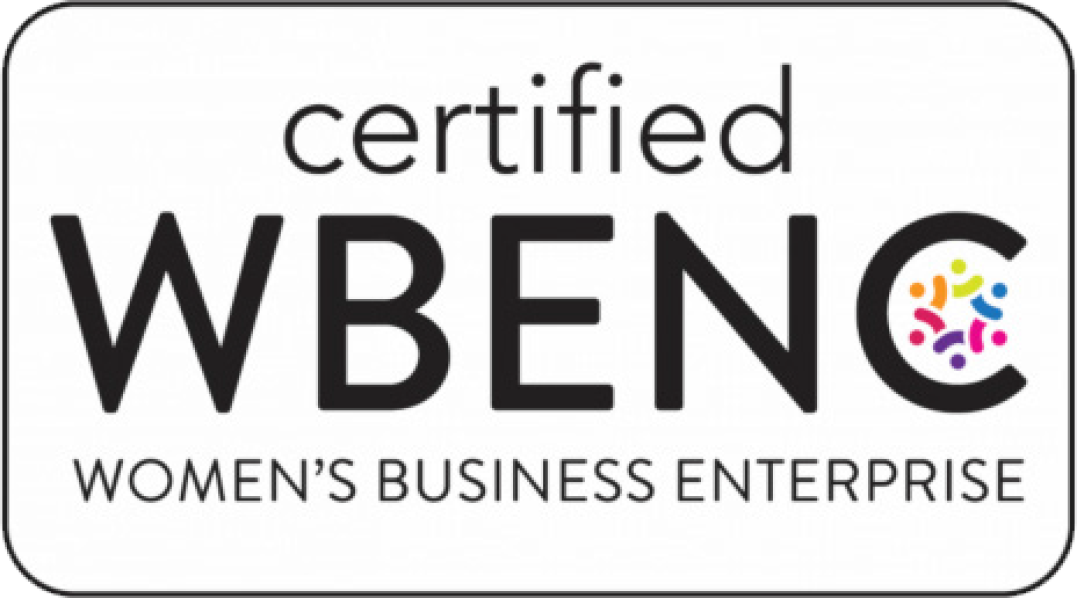Your B2B company isn’t boring. Here’s how to find good stories to tell (and sell).
Which came first? Storytelling … or the discovery of fire to tell those stories around?
Either way, telling stories has always been the preferred method for getting people to take action.
People are much more likely to remember something important — whether that’s to beware the dangers of saber-toothed tigers, or why your product is better than your competitor’s — if it’s presented in the context of a story. Well-told stories are persuasive. They’re powerful.
Stories change the way people think. That’s why marketers love them.
But marketing a B2B product or service through storytelling might appear fraught with more difficulty than influencing your tribe-mates to avoid the poisonous berries.
(It’s not, though, and nobody will get sick in the process.)
Here’s how to use the power of stories to sell your B2B product or service:
Step 1: Stop focusing on features
Your customer is a smart, rational person. Appealing to their rational side seems, well, like the rational way to sell. But your customers are people, too.
If you want to persuade them, stop emphasizing product specs. Instead, show your audience a story of how someone’s life was changed by a new way of doing things.
You can base this story on a real-life customer testimonial, but you don’t have to. Just create a character they can relate to, then show how this character might have benefited from your product.
(We call that character “a customer persona” but you don’t have to.)
Step 2: See the world like a screenwriter
Despite how many superhero movies we marvel at, there are really only a few basic narratives for storytelling. And almost all of them include that important element of the hero’s story.
If you want to capture your customer’s interest, cast them in the role of hero. (Here’s an article we like about how to set that scene.)
Of course, there’s also the story you can tell about how your company came to be, and why.
That’s your own “origin story.”
Show your audience what obstacles were overcome and how your company grew. Tell them about the passion of your own people. That’s what sets your company apart.
While you’re at it, introduce your customers to other interesting people. Show them stories from the people who make your product.
As movie-goers, we also love to learn something new. That’s why you should show your viewers (that is, “your B2B customers”) what’s really behind the curtain.
Make a deeper connection
When people hear stories, their brains seem to actually experience what’s happening in the story. It’s as if they’re truly involved in the action.
They’re invested in your product, no matter how “boring” it might seem on the surface. Seasoned storytellers know there’s no better way to make a connection with your customer.
Your B2B company isn’t boring. Here’s how to find good stories to tell (and sell).
Which came first? Storytelling … or the discovery of fire to tell those stories around?
Either way, telling stories has always been the preferred method for getting people to take action.
People are much more likely to remember something important — whether that’s to beware the dangers of saber-toothed tigers, or why your product is better than your competitor’s — if it’s presented in the context of a story. Well-told stories are persuasive. They’re powerful.
Stories change the way people think. That’s why marketers love them.
But marketing a B2B product or service through storytelling might appear fraught with more difficulty than influencing your tribe-mates to avoid the poisonous berries.
(It’s not, though, and nobody will get sick in the process.)
Here’s how to use the power of stories to sell your B2B product or service:
Step 1: Stop focusing on features
Your customer is a smart, rational person. Appealing to their rational side seems, well, like the rational way to sell. But your customers are people, too.
If you want to persuade them, stop emphasizing product specs. Instead, show your audience a story of how someone’s life was changed by a new way of doing things.
You can base this story on a real-life customer testimonial, but you don’t have to. Just create a character they can relate to, then show how this character might have benefited from your product.
(We call that character “a customer persona” but you don’t have to.)
Step 2: See the world like a screenwriter
Despite how many superhero movies we marvel at, there are really only a few basic narratives for storytelling. And almost all of them include that important element of the hero’s story.
If you want to capture your customer’s interest, cast them in the role of hero. (Here’s an article we like about how to set that scene.)
Of course, there’s also the story you can tell about how your company came to be, and why.
That’s your own “origin story.”
Show your audience what obstacles were overcome and how your company grew. Tell them about the passion of your own people. That’s what sets your company apart.
While you’re at it, introduce your customers to other interesting people. Show them stories from the people who make your product.
As movie-goers, we also love to learn something new. That’s why you should show your viewers (that is, “your B2B customers”) what’s really behind the curtain.
Make a deeper connection
When people hear stories, their brains seem to actually experience what’s happening in the story. It’s as if they’re truly involved in the action.
They’re invested in your product, no matter how “boring” it might seem on the surface. Seasoned storytellers know there’s no better way to make a connection with your customer.
 SUBSCRIBE TO
SUBSCRIBE TO
Three fresh ideas (and a meme)
Love what you just read? There’s more! Sign up for our monthly newsletter for even more thought-provoking ideas (and reasons to LOL).


